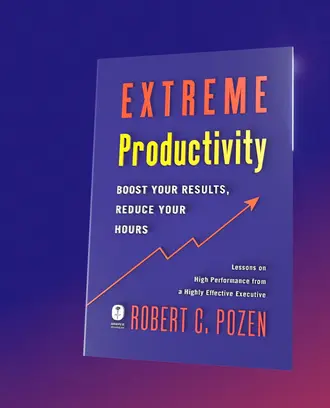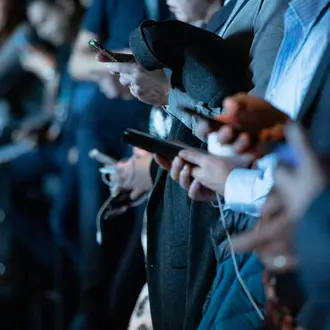Impartial facts bring opposing sides closer together
CAMBRIDGE, Mass., Jan. 17, 2017––With political polarization at its highest level in decades in the U.S., an important question is how to close the opinion gap between liberals and conservatives. While some level of disagreement is healthy for democracy, high levels of polarization are associated with political deadlock, which may hinder political reforms and slow economic growth. A recent study by MIT Sloan PhD student Erik Duhaime and MIT Sloan School of Management Prof. Evan Apfelbaum suggests that the way information is presented influences political polarization. They found that providing impartial facts can bring people closer together, but not when people are also prompted to think about their relevant political positions.In their study, they examined the impact of information on people’s views about the divisive topic of federal taxes. They assessed whether providing a “taxpayer receipt” – an impartial, objective breakdown of how the government spends one’s tax dollars that is published annually on the official White House website – can mitigate polarized views regarding the perceived legitimacy of taxes.
“After we showed a nationally representative sample the taxpayer receipt, the previously strong relationship between how conservative or liberal someone was and their view on taxes virtually disappeared,” explains Duhaime, noting that this depolarization effect did not occur if people were asked how they want their taxes to be spent when they viewed the receipt. Apfelbaum says, “When we presented information in the plainest way possible -- just providing people with a numerical breakdown of where their taxes go -- there was a convergence of views on the legitimacy of taxes. Liberals’ and conservatives’ views became more similar to one another.”
The study supports a growing body of evidence that increased political polarization is due in part to changes in the way people consume information. “People selectively tune into news outlets that confirm their preexisting views, which incentivizes the media to provide more biased information. And social media may create ‘echo chambers’ in which individuals are exposed to biased information from other likeminded people,” says Duhaime
Other research, he notes, shows that Facebook and Twitter users are more likely to be exposed to and click on stories that adhere to their own ideological views than ones that do not.
“To counter this phenomenon, we need to ensure that everyone has access to the same neutral facts and information, and give them the space to consider the information on their own. This is particularly relevant post-election, as social media continues to fuel a large political divide,” he says.
As for the tax receipt, Duhaime notes that taxpayers in the U.K. receive such receipts in the mail as a matter of policy, whereas in the U.S. this information is only provided online for people who are motivated to seek it out. “Even if it makes a small difference, it’s a relatively low-cost mechanism that could be explored in the U.S. to help reduce political polarization about one important issue at the heart of the political divide.”
Duhaime and Apfelbaum coauthored the paper, “Can Information Decrease Political Polarization? Evidence from the U.S. Taxpayer Receipt,” which was published this month in Social Psychological and Personality Science.
The MIT Sloan School of Management is where smart, independent leaders come together to solve problems, create new organizations, and improve the world. Learn more at mitsloan.mit.edu.



